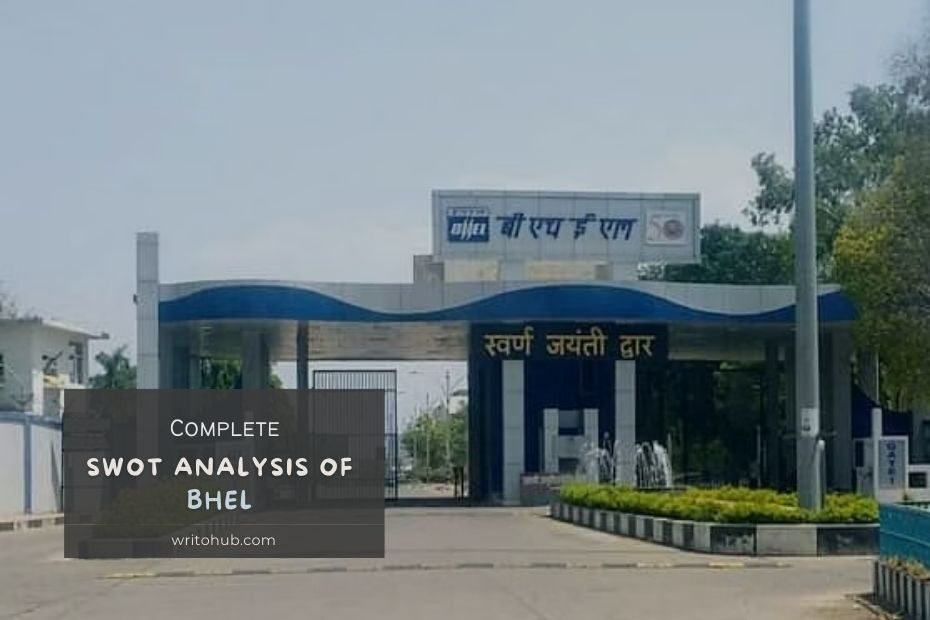BHEL, Bharat Heavy Electricals Limited, is a renowned Indian government-owned engineering and manufacturing company specializing in power generation equipment and infrastructure.
A comprehensive SWOT analysis of BHEL reveals its strengths, weaknesses, opportunities, and threats, providing insights into its strategic position in the energy and industrial sectors.
Strengths
- Established Reputation: BHEL has a long-standing and reputable history in the Indian power sector, known for its engineering excellence and quality products.
- Diverse Product Portfolio: The company manufactures a wide range of power generation equipment, including turbines, boilers, and electrical products, catering to various energy needs.
- Engineering Expertise: BHEL possesses strong engineering capabilities and has contributed significantly to India’s power generation and infrastructure development.
- Government Support: As a government-owned entity, BHEL enjoys government support, including infrastructure projects and policy initiatives.
- Global Reach: BHEL has a presence in international markets, exporting its products and services, which diversifies its revenue streams.
Weaknesses
- Dependency on Government Projects: BHEL’s heavy reliance on government contracts and projects can lead to revenue fluctuations due to budget constraints or delays.
- Technological Obsolescence: The company may face challenges in keeping up with rapidly evolving technologies and energy trends.
- Competition: BHEL faces competition from domestic and international players, often with newer technologies and cost advantages.
- Sluggish Financial Performance: BHEL has experienced financial challenges in recent years, impacting its ability to invest in research and development.
- Labor Issues: Labor disputes and workforce-related issues have sometimes disrupted operations and project timelines.
Opportunities
- Renewable Energy: Expanding into renewable energy technologies like solar and wind power can align with India’s push for clean energy.
- Global Expansion: Exploring international markets for power equipment and infrastructure can create new revenue streams.
- Technology Upgrades: Investing in research and development to adopt modern and efficient technologies can enhance competitiveness.
- Public-Private Partnerships: Collaborating with private enterprises in infrastructure projects can offer growth opportunities.
- E-mobility and Electric Infrastructure: Diversifying into electric vehicle charging infrastructure aligns with India’s growing electric mobility sector.
Threats
- Economic Fluctuations: Economic downturns can lead to reduced government spending on infrastructure and energy projects.
- Foreign Competition: Increasing competition from global players in the Indian market can pose challenges to BHEL’s market share.
- Environmental Regulations: Evolving environmental regulations may require costly modifications or cleaner technologies in power generation.
- Technological Disruption: Rapid technological advancements in energy and manufacturing can render existing products obsolete.
- Geopolitical Factors: Political and geopolitical tensions can impact international business operations and trade.
Conclusion
BHEL’s SWOT analysis underscores its position as a significant player in the Indian power and engineering sectors.
To maintain and enhance its role in India’s industrial growth, BHEL must adapt to changing energy trends, invest in technology, explore global opportunities, and address weaknesses while mitigating threats in a dynamic and competitive environment.
